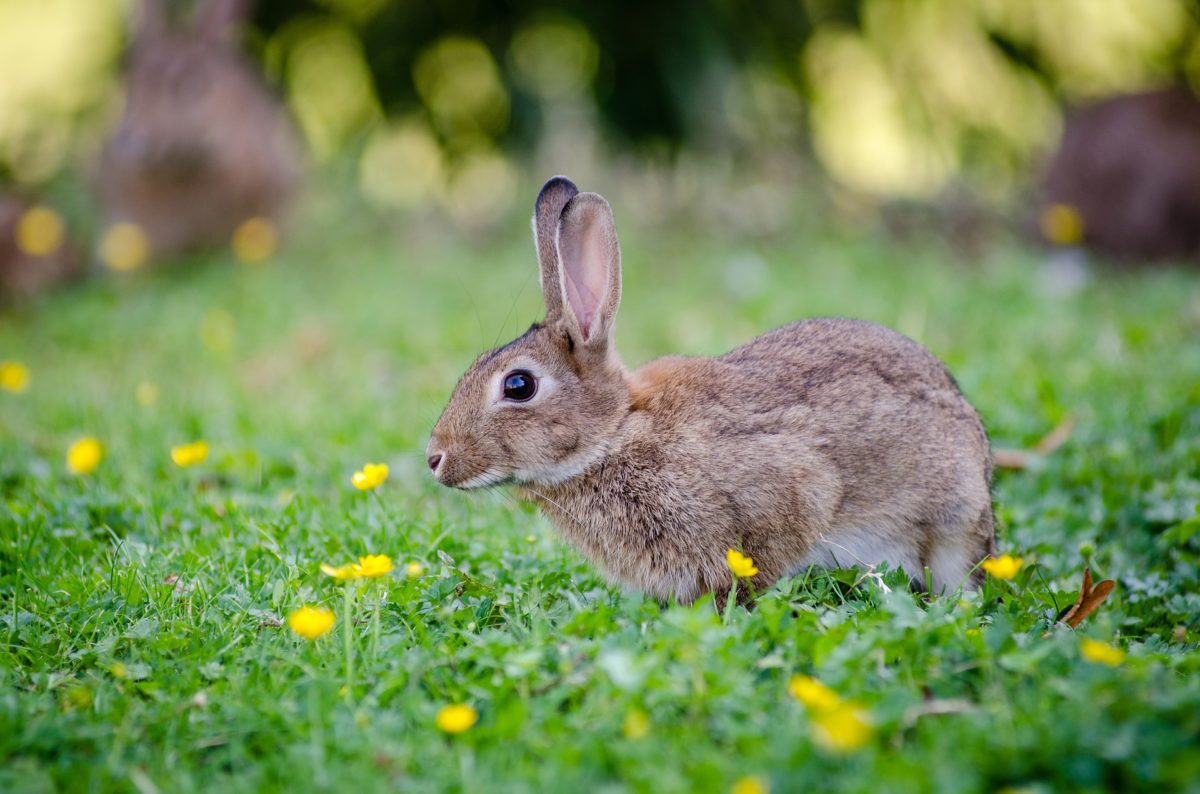Michigan Technological University scientists have conducted a life-cycle assessment for a new way to integrate rabbit farming and PV generation. They have developed a new agrivoltaic concept that purportedly results in a 69.3% reduction in CO2 emissions and an 82.9% reduction in fossil fuel consumption, compared to non-integrated production.
The academics analyzed and compared three different configurations: an agrivoltaic project based on pasture-fed rabbits, solar PV generation combined with conventional rabbit farming, and a conventional electricity generation business combined with rabbit farming.
“Each system has been designed to achieve 1.57 MW energy generation, with potential rabbit meat production constrained to the productive capacity of 2 hectares (5 acres) of pasture,” they explained. “All scenarios are designed to achieve the same multiple-output functional unit of 412,596 MWh (1.57 MW installed peak power) and 7,200 rabbits (approximately 19,440 kg of rabbit meat) as allowed by the capacity of the baseline scenario over its lifetime of 30 years.”
Under the terms of their proposal, the agrivoltaic system would be situated at an unspecified location in Texas, and would be divided into five 314 kW units. It would require the use of internal fencing for the rabbits.
“All relevant balance of system components are included, as well as electric installation and fencing,” the scientists said. “Unlike a conventional solar array, an agrivoltaic system designed to host pasture-fed rabbits requires additional internal fencing to prevent escape.”
They compared three system with fossil energy demand and cumulative energy demand methods. The latter calculates energy consumption in megajoules (MJ) for every stage of the life cycle under study, including both direct and indirect uses of energy. Fossil energy demand is used to quantify the emissions and energy usage associated with each modeled scenario.
Compared to the non-integrated production of solar PV electricity and rabbit meat, the proposed agrivoltaic approach would produce the least amount of CO2, at 3,880,000 kg. It would also require the least amount of fossil energy, at 46,000,000 MJ. The second project proposal would produce 12,667,000 kg of emissions and require 269,234,000 MJ of energy, while the third system would produce 264,771,000 kg of emissions and use 3,793,064,000 MJ.
The researchers said that the pasture-fed rabbits in the first scenario would depend on an external feeding system.
“The findings of this (life-cycle assessment) further validate the viability of combined solar energy and agriculture production techniques and provide empirical support for increased agrivoltaic system deployment as a pathway to sustainable development,” the researchers concluded.
They presented their findings in “Life cycle assessment of pasture-based agrivoltaic systems: Emissions and energy use of integrated rabbit production,” which was recently published in Cleaner and Responsible Consumption.
This content is protected by copyright and may not be reused. If you want to cooperate with us and would like to reuse some of our content, please contact: editors@pv-magazine.com.




By submitting this form you agree to pv magazine using your data for the purposes of publishing your comment.
Your personal data will only be disclosed or otherwise transmitted to third parties for the purposes of spam filtering or if this is necessary for technical maintenance of the website. Any other transfer to third parties will not take place unless this is justified on the basis of applicable data protection regulations or if pv magazine is legally obliged to do so.
You may revoke this consent at any time with effect for the future, in which case your personal data will be deleted immediately. Otherwise, your data will be deleted if pv magazine has processed your request or the purpose of data storage is fulfilled.
Further information on data privacy can be found in our Data Protection Policy.